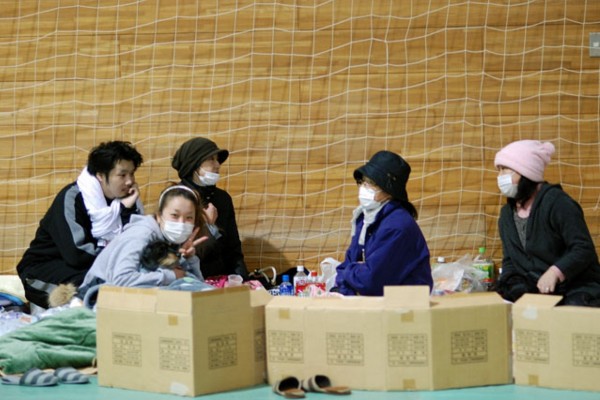Global symposium to address mounting medical & ecological consequences
March 11-12 – New York Academy of Medicine
Two years after the March 11, 2011 triple meltdown at Japan’s Fukushima Daiichi nuclear complex, new research and new information continues to come to light about its continuing bio-medical and ecological consequences, how they compare with Chernobyl, and what they indicate about the impact of nuclear power on public health, safety, and the environment.
A unique public symposium, “The Medical and Ecological Consequences of the Fukushima Nuclear Accident,” will be held on March 11-12 at the New York Academy of Medicine to explore the latest data and its implications. A project of The Helen Caldicott Foundation, the symposium is being co-sponsored by Physicians for Social Responsibility.
The Japanese Prime Minister during the Fukushima crisis, Naota Kan, will open the symposium with a special videotaped message. He will be followed by another video message from his key nuclear adviser at that time, Dr. Hiroshi Tasaka, who counselled the government on how to stop the acute phase of the accident, and on reforming nuclear regulation and energy policy in its wake.
Then an international group of some of the world’s leading experts – including several from Japan and the U.S. – in radiation biology, embryology, epidemiology, oceanography, nuclear engineering, and nuclear policy will make presentations and participate in panel discussions. Among them are Dr. Ken Buesseler of the Woods Hole Oceanographic Institute; Dr. Hisaku Sakiyama, a member of the Japanese Diet’s Fukushima Accident Independent Investigative Commission; Dr. Alexey Yablokov of the Russian Academy of Sciences; and many others (see below for a list of presenters).
Much of the information and analysis that the participants will present is new. All of it is highly relevant to the current debate about the future of nuclear power in Japan, the U.S. and globally.
“The Fukushima crisis is actually an issue of global public health,” said Dr. Helen Caldicott, the symposium’s organizer. “As a physician, I’ve been distressed about the lack of general understanding of the medical science that should be part of any discussion of nuclear power, but isn’t. For example, cancers in humans take from five to seventy years to develop after radiation exposure, so it takes time to actually see the effects in populations,” she said. “But we are already observing a demonstrable increased incidence of thyroid abnormalities in children in the Fukushima Prefecture. This may be an early indicator of an eventual increased incidence of thyroid cancers. Further, plumes of radioactivity from Fukushima are currently migrating in the Pacific Ocean towards the West Coast of the U.S.”










